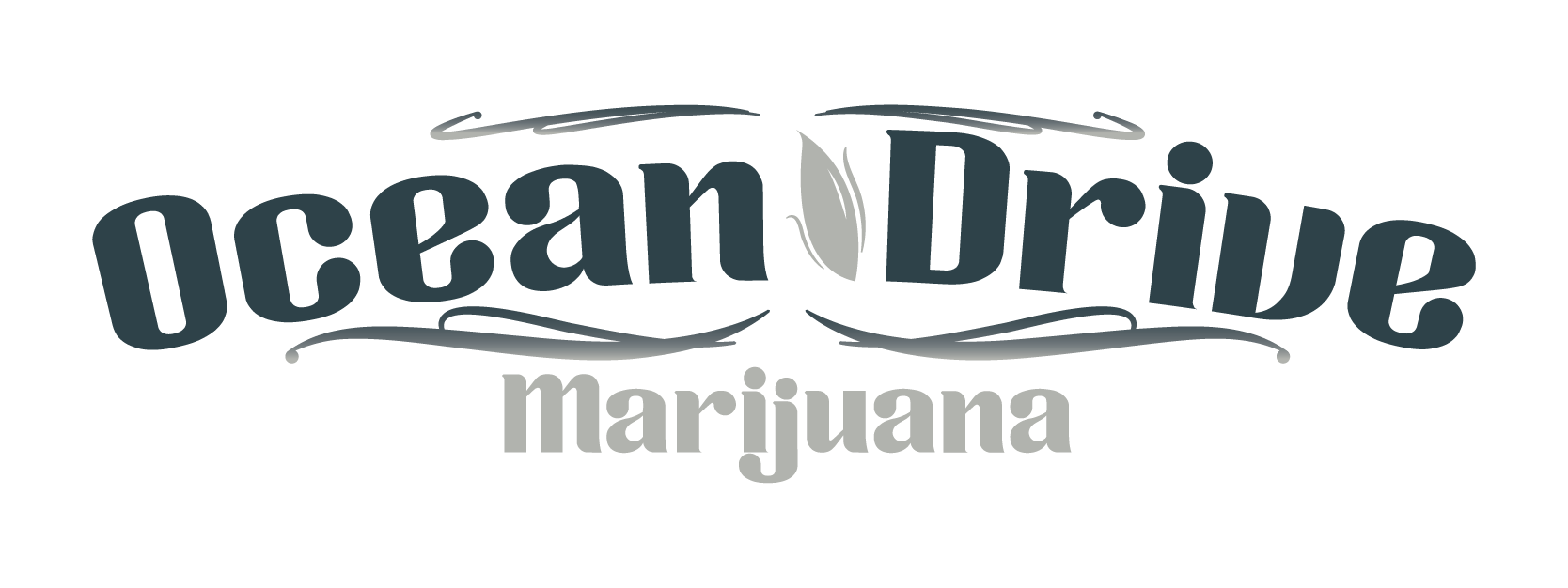Miami Beach’s art scene has long been a global magnet, with Art Deco façades, contemporary museums, and boundary-pushing programming that spill from galleries into the streets and parks. Each December, Art Basel Miami Beach amplifies that creative current, drawing more than 75,000 attendees and generating an estimated $547 million in economic activity—fuel for hotels, restaurants, boutiques, and pop-up cultural happenings across the city.
That cultural engine runs year-round. The Bass, Miami Beach’s contemporary art museum, anchors Collins Park with international exhibitions and “Art Outside,” a growing network of public installations that knit art into daily life. A few blocks south, the New World Center and its 2.5-acre SoundScape Park beam free WALLCAST® concerts onto a soaring projection wall, turning symphonic performance into a communal outdoor ritual and showcasing how Miami Beach treats public space as a canvas. This infrastructure—museums, music, and public art—has created a ready stage for new cultural crossovers.
Enter cannabis culture, increasingly visible through lifestyle brands, culinary pop-ups, and art-forward activations that orbit Basel week. Events like Terp Basel explicitly fuse street art, music, fashion, and cannabis—bringing designers, glass artists, and painters into dialogue with terpene-obsessed audiences. The result feels native to Miami’s creative DNA: part gallery opening, part block party, and part product lab. Over the causeway in the City of Miami, Wynwood’s street-art ecosystem adds momentum; its outdoor museum model and splashy murals helped mainstream art-meets-lifestyle programming that many visitors now fold into a single “Miami Beach + Wynwood” cultural itinerary.
Policy sets the guardrails. Florida legalized medical marijuana via Amendment 2 in 2016, creating a regulated patient program that today operates under the Department of Health’s Office of Medical Marijuana Use. Recreational use remains illegal, and both Miami Beach and the City of Miami prohibit smoking cannabis in public parks and on beaches—key context for visitors planning to sample products while gallery-hopping. Within those lines, the mix of private venues, ticketed events, hotel courtyards, and members-only lounges has become the preferred canvas for art-cannabis collaborations.
Local feedback suggests the mash-up is reshaping the visitor experience rather than crowding out traditional arts programming. Galleries report expanded audiences during crossover nights; hospitality teams cite higher spend from culture-seeking travelers who arrive for exhibitions and stay for curated tastings or design talks. The city’s Basel-season messaging underscores the economic and cultural upside of drawing global creatives and collectors—momentum that ancillary, art-driven cannabis events have begun to harness. Meanwhile, stalwarts like The Bass and the New World Center continue to act as cultural anchors, ensuring that Miami Beach’s identity remains rooted in serious art even as new lifestyle layers appear.
The upshot: Miami Beach is not becoming a “cannabis town” so much as a more layered cultural laboratory. With major institutions, robust public programming, and clear public-space rules, the city offers a framework where artists, brands, and audiences can experiment—legally and tastefully—at the intersection of aesthetics and plant culture. As long as organizers mind the regulations and keep the art central, the collaboration looks poised to keep elevating both scenes.
